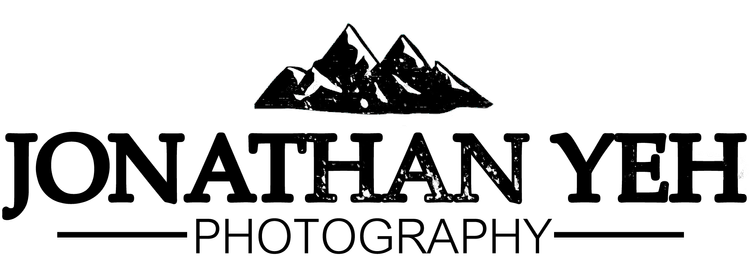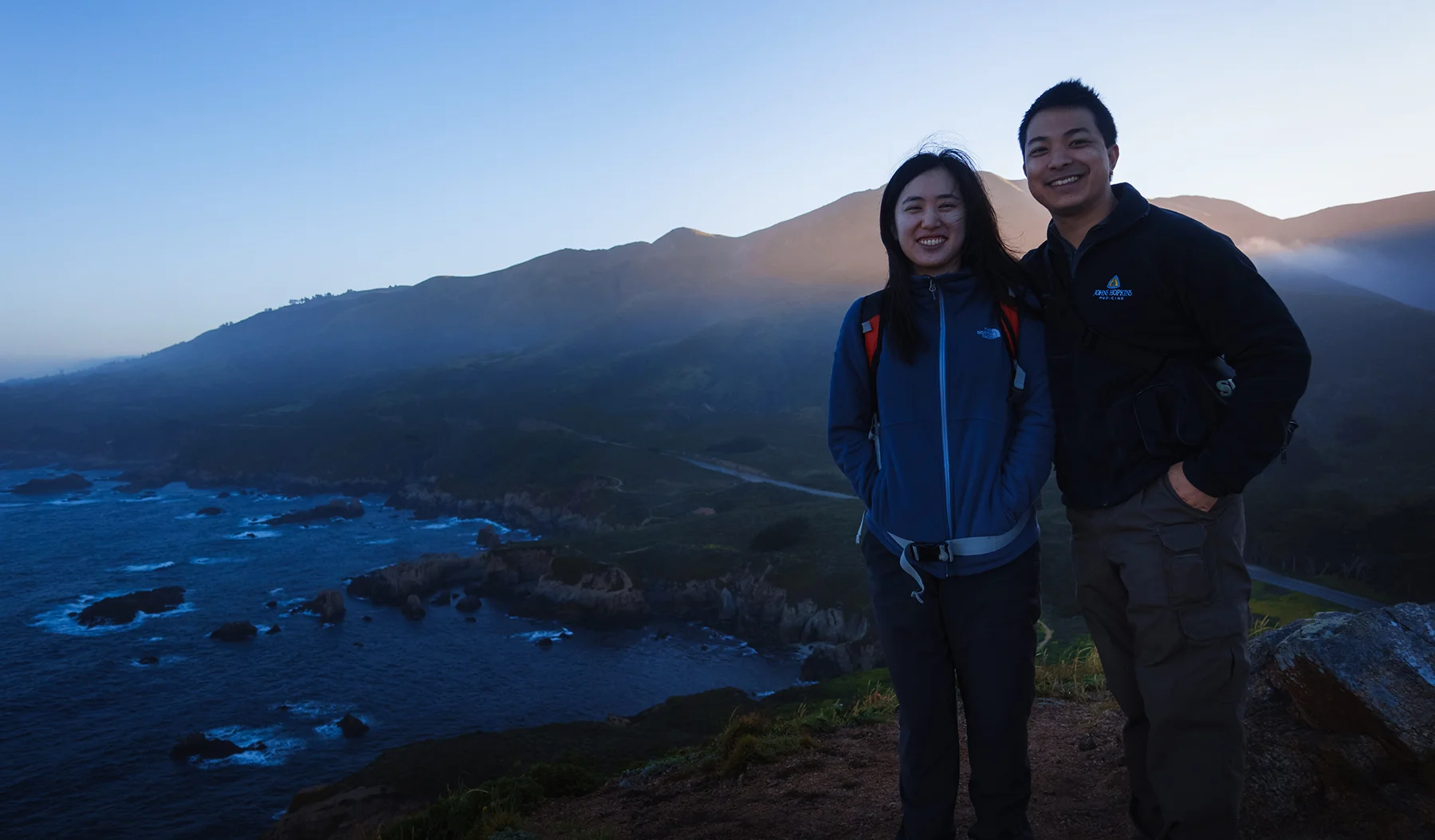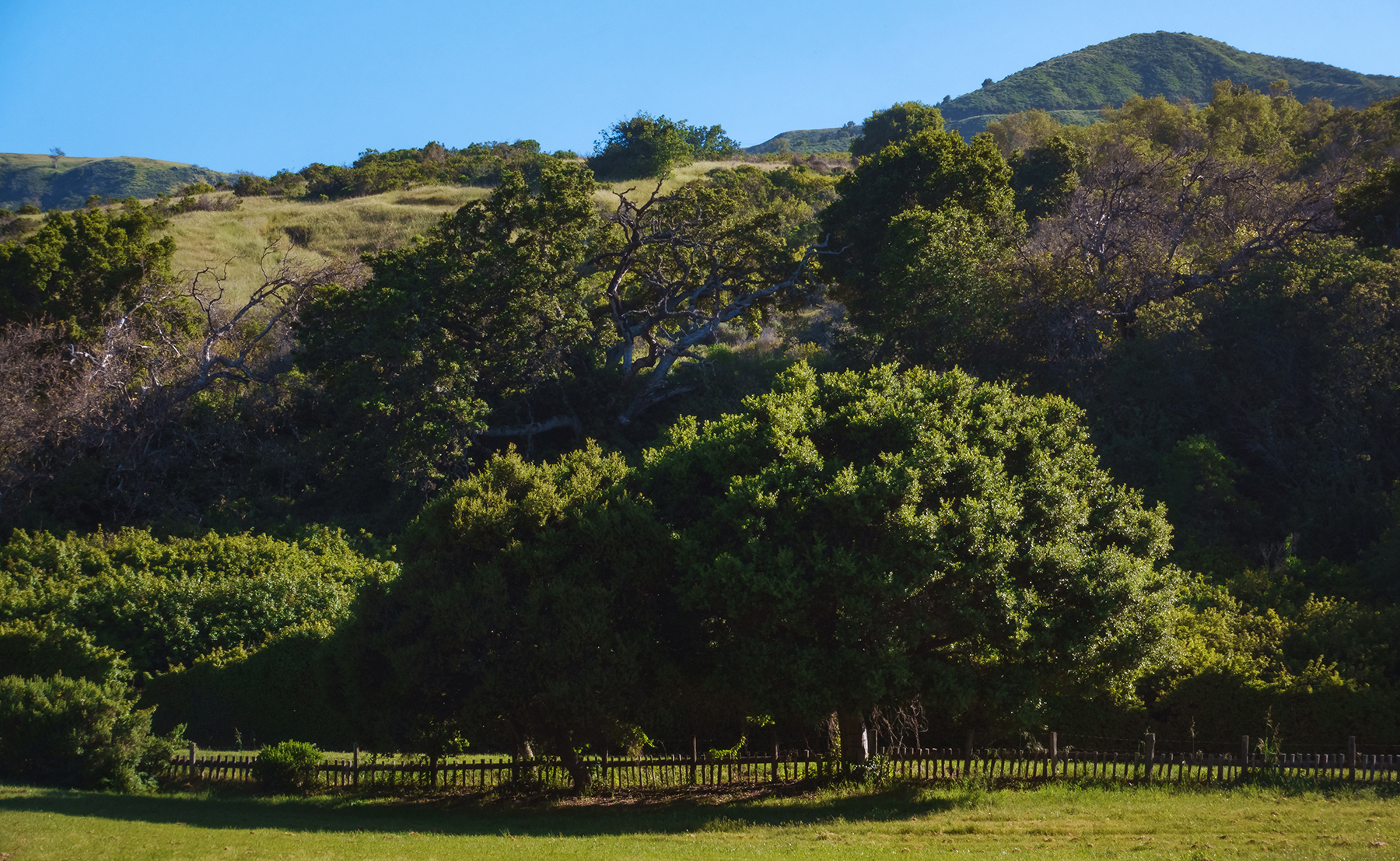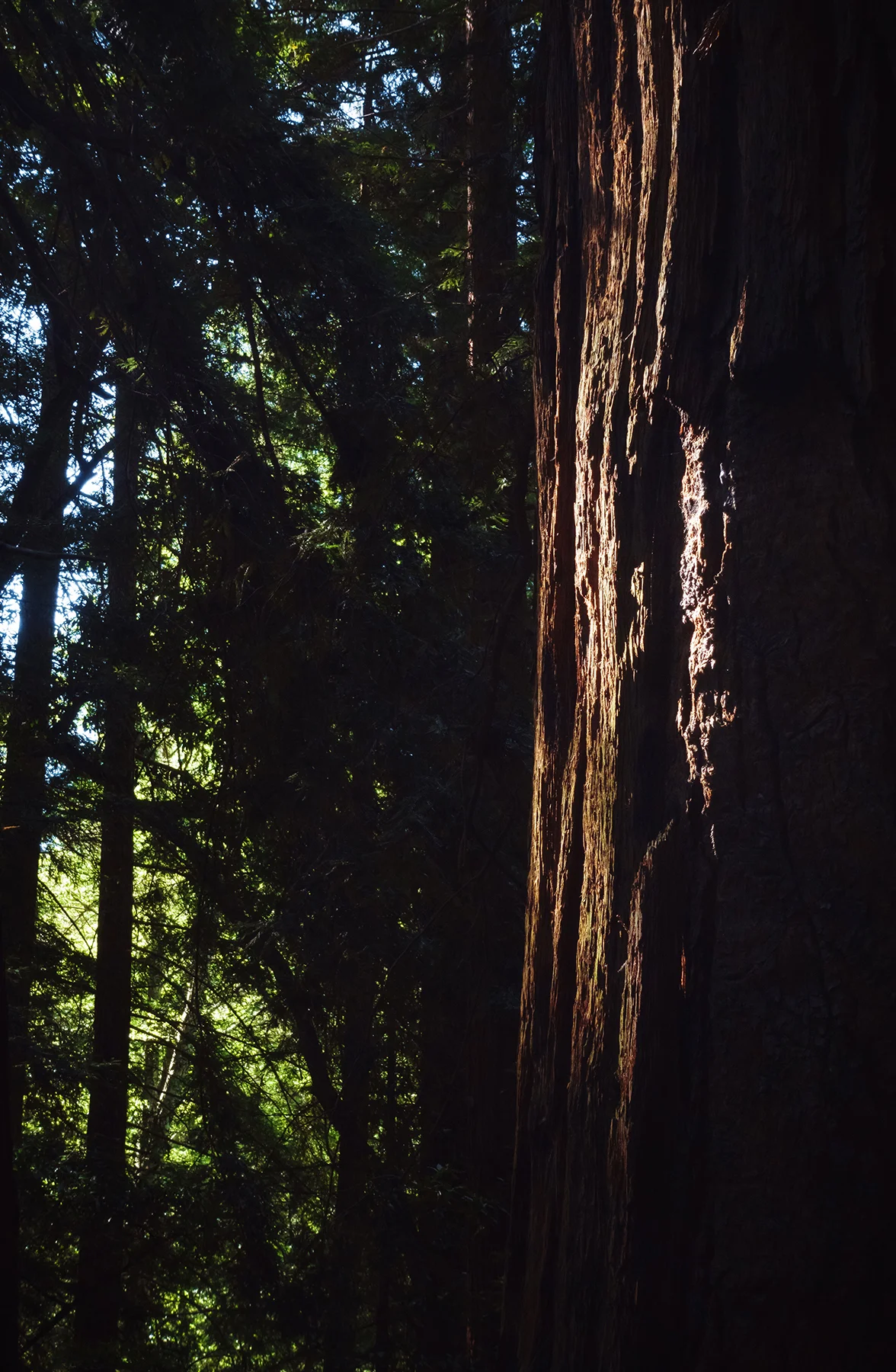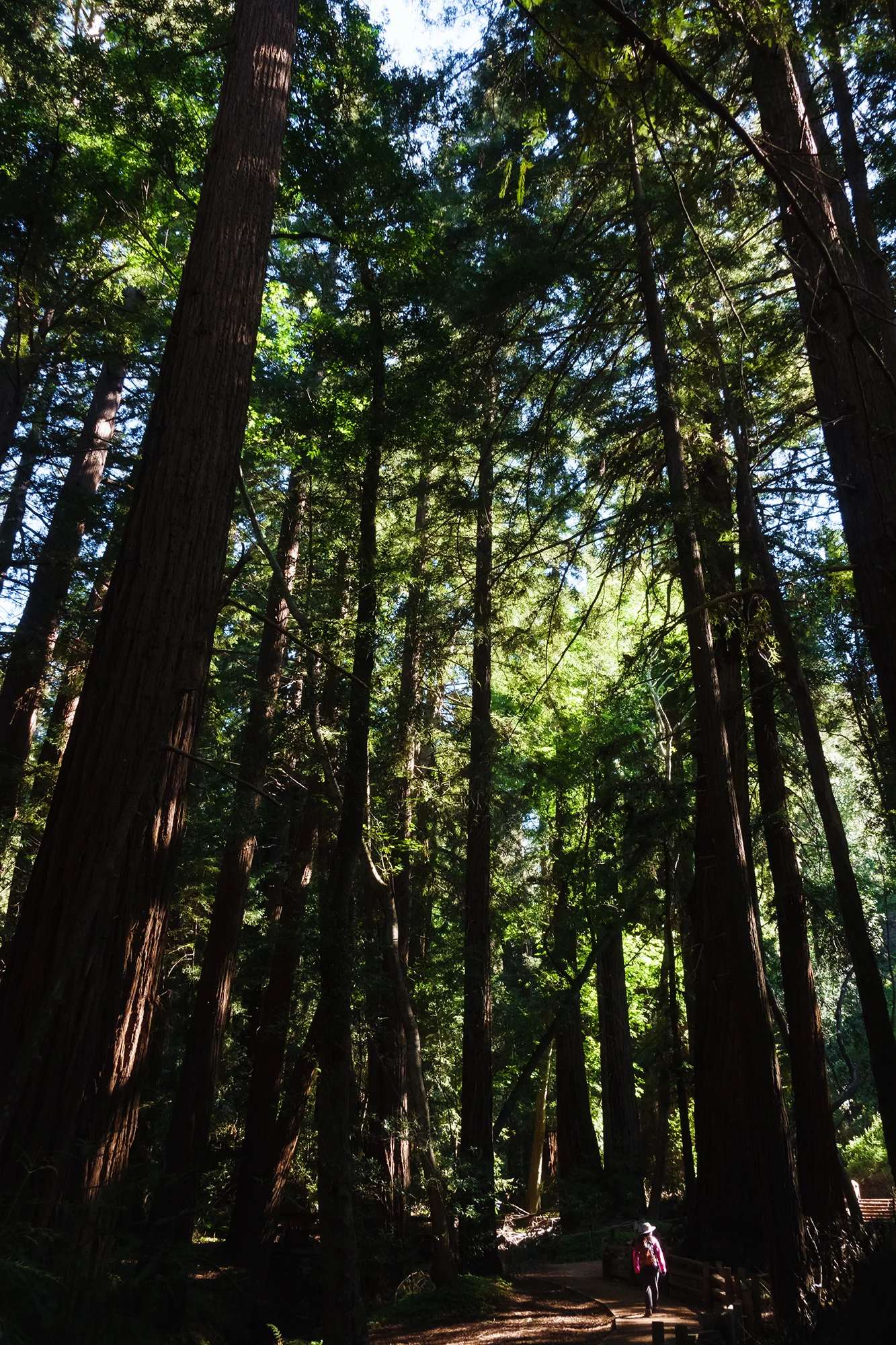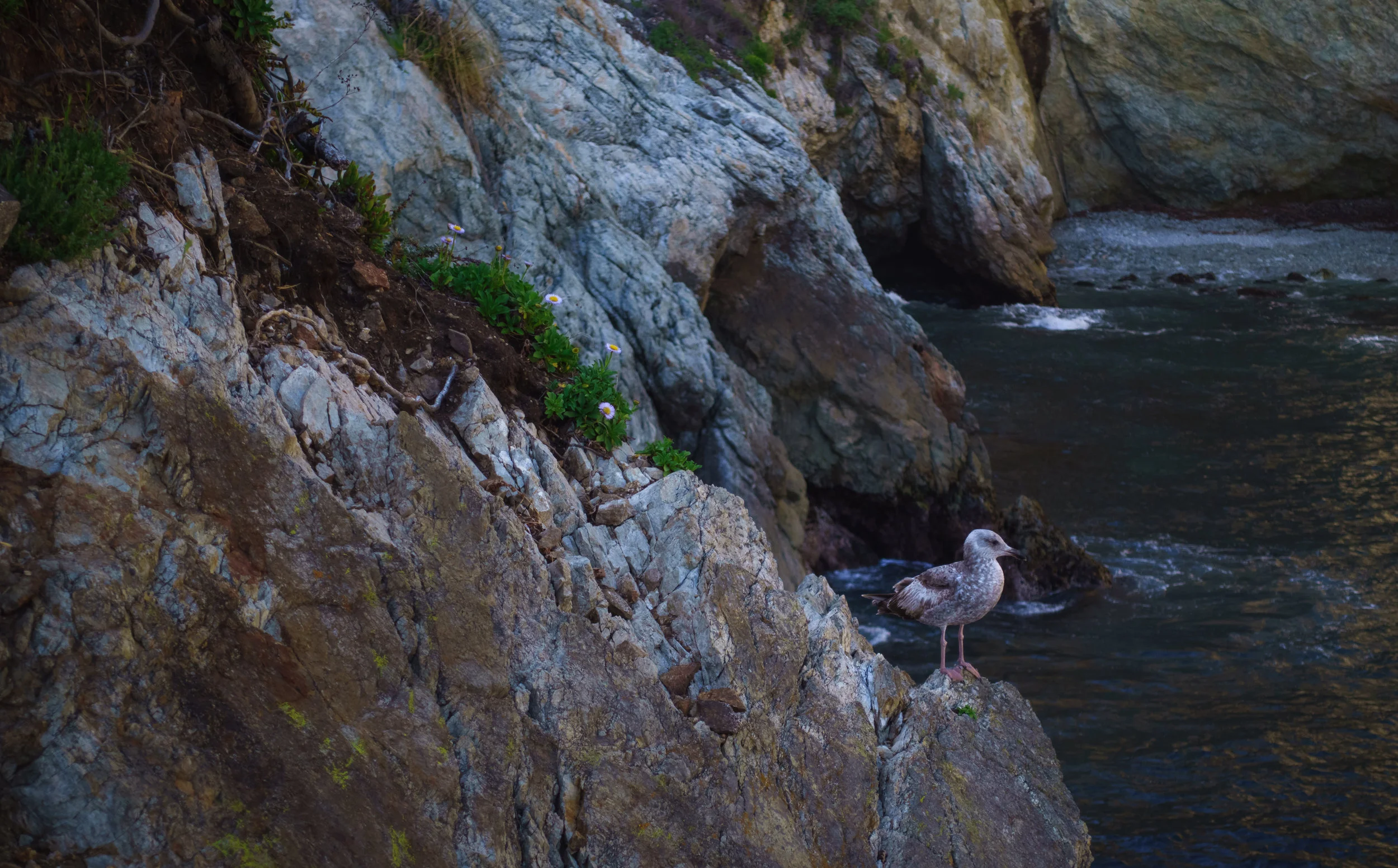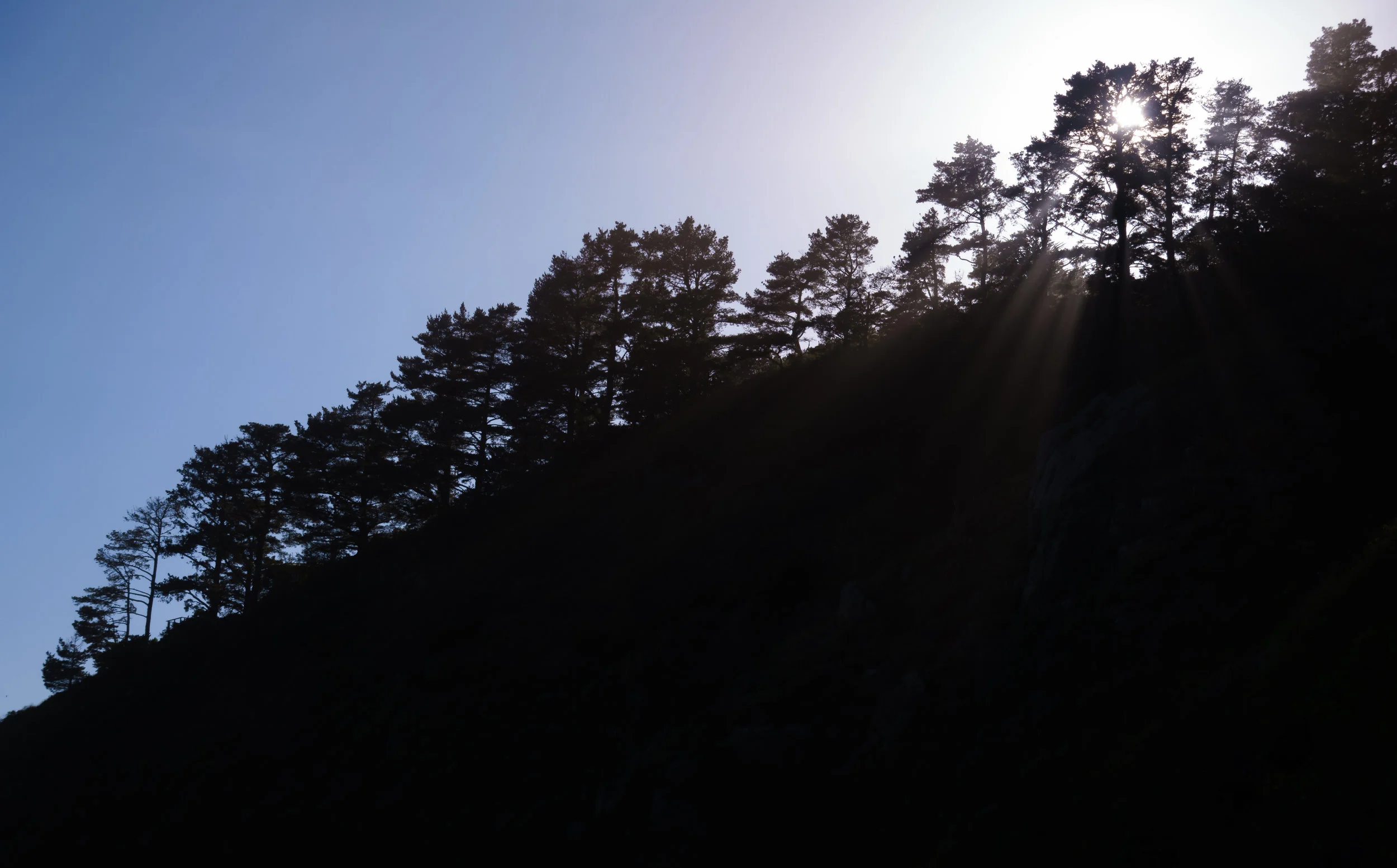
Sunrise on the Panamint Range
On a trip home over the winter holidays, Jane and I took my mom and my sister on a 3-night trip to explore Death Valley National Park and the Owens River Valley. On the first day, we drive out of East Los Angeles in the morning, having lunch at the Arby’s in Baker in the late morning before turning north along the Amargosa Mountain Range. Evelyn drives us through the desert into the national park, where we stop at the visitor center to buy a fridge magnet and an American the Beautiful annual pass (for our upcoming trip to the Four Corners region in May 2020). We head northwest to Stovepipe Wells, and spend the late afternoon climbing up and down the sand dunes at Mesquite Flat. Despite the heavily trafficked, footstep-laden dunes, we get some great light along the alluvial fans to the west and southwest during the golden hour. We drive back to our little hotel room at Furnace Creek, and begin to work on our shipping box full of instant noodles, canned foods, and snacks.
On the second day, Jane and I go out for sunrise at Zabriskie Point without the others. True to the weather report, we have a gloomy, rainy day in Death Valley - a rarity. Sunrise is nonexistent, but I use the flat light to emphasize the shapes and lines formed by the wind- and water-washed badlands terrain. After a slow morning and a hotel room breakfast, we attempt to drive to Dante’s View (road closed due to the previous night’s snowfall) before circling around the Black Mountains and entering Death Valley proper. We stop at the colorful, oxidized hillsides along Artist’s Drive, at the bizarre salt formations called the Devil’s Golf Course, and at Badwater Basin itself. In the wet weather, the salt flats lack the beautiful geometric crystals and cracked mud that have come to typify landscape photography in Death Valley - but in exchange we get a nice, reflective surface that stretches across the valley floor. After sunset (again nonexistent), we drive back to Furnace Creek and wash the saline off our boots and pants.

From Death Valley Road

Mom, Jane, and Evelyn

Sand dunes at sunset

Jane and Funeral Mountains

Sand dunes and footsteps

Jane on a distant sand dune

Grotto Canyon

Dunes and mountains

Portrait with family

Mosaic Canyon

Self-portrait

Flat light

Golden Canyon and badlands

Funeral Mountains

Hidden in snow

Across the basin

Colorfully oxidized hillsides

View toward the valley floor

Artist’s Palette

View toward the Amargosa Range

Panorama

Black Mountains

Badwater Basin after rain

Self-portrait

Sunrise

Sunrise on the Panamint Range
On the third day, all of us return to Zabriskie Point to watch sunrise over Golden Canyon, the valley floor, and the Panamint Range. Having staked out a prime spot with my tripod, I’m giddy with excitement as Telescope Peak begins to catch the first pink rays of daylight; I use the wash down below as a leading line toward the mountains. After returning to our hotel, packing, and checking out, we top the gas tank and drive to the west, past the campgrounds at Stovepipe Wells and through the western edge of the Basin and Range province. The highway winds up and down the mountains, through snow-covered Towne Pass, the mud flats of Panamint Valley, and the high, Joshua tree-covered plateaus of the Argus and Slate Ranges. After two hours of driving, we enter the Owens River Valley and turn north from Lone Pine. We first tour the former internment camp at Manzanar before proceeding north to see an ancient petroglyph, carved by an ancestor of the Owens Valley Paiute over 8000 years ago. This site, closely guarded by the photography community, is unmarked and unprotected, so I will not describe its location any further here. Suffice it to say that it is not difficult to find - with some thoughtful sleuthing. At the end of the day, we return to Lone Pine and check into our rooms at the Days Inn.
On the last day of our trip, we drive to Movie Flats Road, in the foothills beneath the tallest peaks of the Eastern Sierra. There, we photograph sunrise on Mt. Whitney and Lone Pine Peak before returning for breakfast at the inn, followed by a long drive back to San Bernadino by the early afternoon.

Panorama

Self-portrait

Sunrise

Cemetery beneath the Sierras

Cottonwoods and Inyo Mountains

Evelyn

Volcanic Tablelands

Mom

Volcanic Tablelands

Volcanic Tablelands

Volcanic Tablelands

An 8000-year-old petroglyph

Petroglyph beneath the Sierras

Self-portrait

Climbing rocks

Descending a cliff path

Descending a cliff path

Alabama Hills before sunrise

Mt. Whitney - 14,505 feet

Sunrise panorama

Mt. Whitney

Mt. Whitney

Self-portrait

Sunrise on the Eastern Sierras

Panorama

Rock formations at sunrise

Rock formations at sunrise

Jane and Lone Pine Peak

Self-portrait
